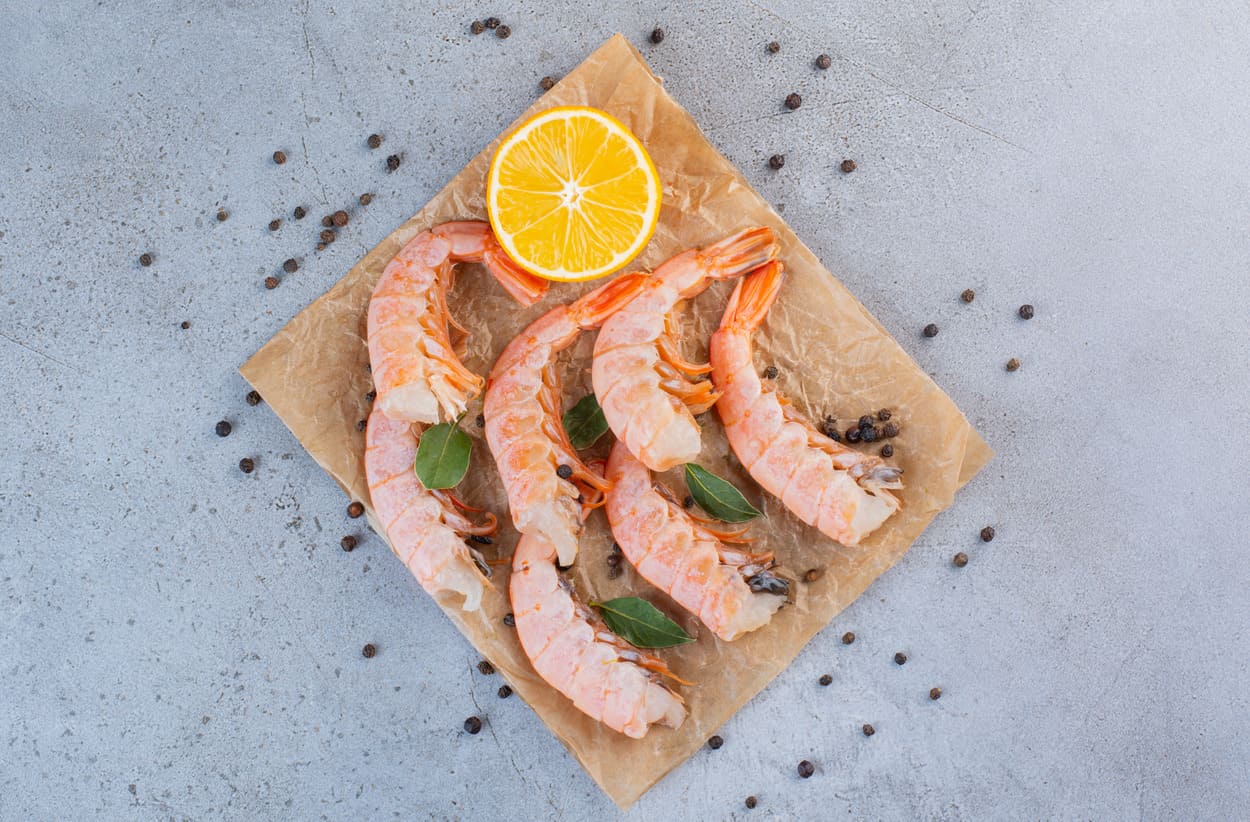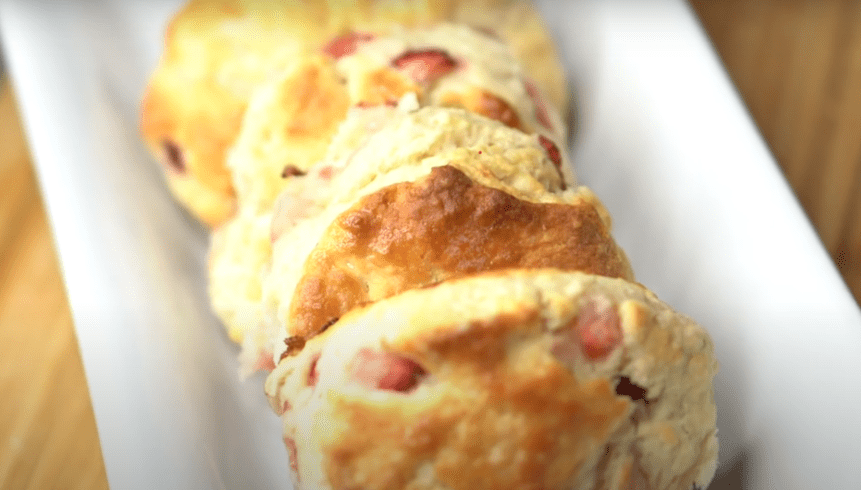Shrimp, with their subtle flavor and adaptability, is a popular shellfish that people love to eat all around the world. Whether it is boiled, sautéed, grilled, or combined with pasta, shrimp make a delicious addition to any cuisine. To preserve its freshness and safety, however, appropriate handling and storage are necessary, just like with other perishable products. We’ll cover all you need to know about how long Shrimp Last In The Fridge in this in-depth guide, then including handling and preparation advice, cooking and consumption suggestions, information on food safety, frequently asked questions, and a wrap-up.

Storage Of Shrimp:
Shrimp’s shelf life is greatly influenced by how it is stored. Raw shrimp is kept for up to two days in the fridge if stored properly. Freezing is advised for long-term storage. While cooked shrimp can stand kept for up to three months, raw shrimp can stand stored securely in the freezer for up to six months. To prevent freezer burn, shrimp should live frozen in an airtight container or a strong freezer bag with as much air eliminated as possible.
Handling And Preparation:
It’s important to follow good food safety practices while handling raw shrimp. Rinse the shrimp under cold water and pat them dry with paper towels before cooking. If desired, remove the shrimp’s shells and devein them. Shrimp can stand deveined by making a shallow incision along the back with a small paring knife and using the knife’s tip to remove the black vein.
Cooking And Eating:
There are a few different ways to cook shrimp, including grilling, sautéing, boiling, or baking. Shrimp can become tough and rubbery if they are overcooked. Depending on their size and cooking method, shrimp can take several minutes to become opaque and pink. Once cooked, shrimp can be added to a variety of foods, including salads, pasta, tacos, and stir-fries, and eaten hot or cold.
Food Safety Facts And Statistics:
The FDA states that to avoid bacterial growth, seafood, including shrimp, should be refrigerated at 40°F (4°C) or lower. Any shrimp that exhibits symptoms of spoiling, such as an odd hue, slimy texture, or foul odor, must stand thrown out. To further prevent foodborne disease, cross-contamination with raw seafood and other foods should be avoided.
FAQs:
Once the Shrimp has Thawed, may I Refreeze it?
After the shrimp has thawed, it is not recommended to freeze it again. Its flavor and texture may suffer as a result. It’s advisable to schedule your use and defrost just the quantity of shrimp you will need.
How can I Determine whether Shrimp is Bad?
Shrimp that has gone bad can be distinguished by its texture, color, and smell. The shrimp is probably bad and should stand thrown away if it has a strong, fishy smell, feels slimy to the touch, or shows any strange discoloration.
Is it Okay for me to Consume Cooked Shrimp that has been out all Night?
No, cooked shrimp that has stood left out at room temperature for a long time—such as overnight—is not safe to eat. At room temperature, bacteria can grow quickly, raising the possibility of contracting a foodborne illness. To guarantee food safety, cooked shrimp should be consumed within a few hours of being chilled.
Conclusion
Shrimp can only stand enjoyed safely and delectably when handled, stored fridge, and cooked properly. By adhering to the recommendations provided in this extensive guide, you may increase the shelf life of shrimp, lower your chance of contracting a foodborne illness, and enjoy the delicious flavors of this popular shellfish. Developing the skill of preparing shrimp will improve your cooking abilities, regardless of your level of experience. To ensure a fulfilling and secure dining experience, keep these suggestions in mind the next time you have a taste for shrimp.

